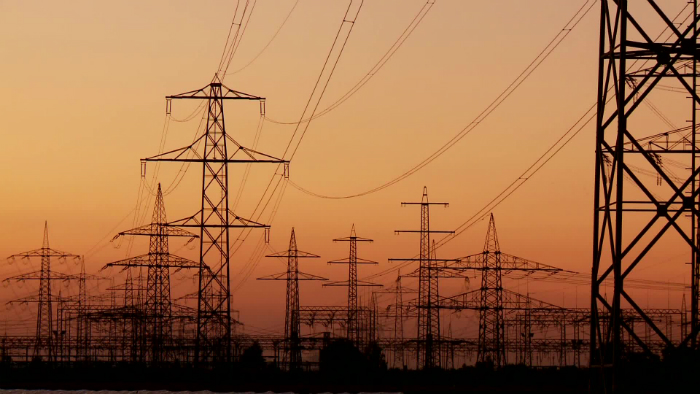
The ACCC has released a preliminary report on its retail electricity pricing enquiry, showing there are many concerns on the operation of the national electricity market leading to serious affordability problems for businesses and consumers.
Since October last year the PIAA has been lobbying senators and politicians both in the opposition and government for help with the current energy crises as businesses – especially printers – are suffering from price rises and in some cases blackouts.
The ACCC estimates that in 2016-17, Queenslanders will be paying the most for their electricity, followed by South Australians and people living in NSW. Victorians will have the lowest electricity bills. This is due to a range of factors including usage patterns in various states, including the prevalence of gas usage in Victoria in particular.
The main cause of higher customer bills was the significant increase in network costs for all states other than South Australia. In South Australia, generation costs represented the highest increase. There was a much larger increase in the effect of retail costs in Victoria than in other states. Retail margins increased significantly in NSW, but decreased in others.
[Related: PIAA recieving Canberra support]
The closure of large baseload coal generation plants has seen gas-powered generation becoming the marginal source of generation more frequently, particularly in South Australia. Higher gas prices have contributed to increasing electricity prices.
Rod Sims, chairman at the ACCC says, “It is no great secret that Australia has an electricity affordability problem. What’s clear from our report is that price increases over the past ten years are putting Australian businesses and consumers under unacceptable pressure.
“Consumers have been faced with increasing pressures to their household budgets as electricity prices have skyrocketed in recent years. Residential prices have increased by 63 per cent on top of inflation since 2007-08.
“The main reason customers’ electricity bills have gone up is due to higher network costs, a fact which is not widely recognised. To a lesser extent, increasing green costs and retailer costs also contributed.
“We estimate that higher wholesale costs during 2016-17 contributed to a $167 increase in bills. The wholesale market is highly concentrated and this is likely to be contributing to higher wholesale electricity prices.”
The big three vertically integrated retailers, AGL, Origin, and EnergyAustralia, continue to hold large retail market shares in most regions, and control in excess of 60 per cent of generation capacity in NSW, South Australia, and Victoria making it difficult for smaller retailers to compete.
The ACCC has heard many examples of the difficulties that consumers and small businesses face in engaging with the retail electricity market and the particular difficulties faced by vulnerable consumers.
[Related: Printers say energy crisis needs legislation]
Sims says, “Consumers and businesses are faced with a multitude of complex offers that cannot be compared easily. There is little awareness of the tools available to help consumers make informed choices or seek assistance if they are struggling to pay their electricity bills.
“Many of these issues arise from unnecessarily complex and confusing behaviour by electricity retailers, and in some cases this appears to be designed to circumvent existing regulation. There is much ill-informed commentary about the drivers of Australia’s electricity affordability problem. The ACCC believes you cannot address the problem unless you have a clear idea about what caused it.
“Armed with the clear findings on the causes of the problem, the ACCC will now focus on making recommendations that will improve electricity affordability across the National Electricity Market.”
In part based on its findings, the Federal Government has already taken some steps towards improving electricity affordability, including obtaining commitments from some retailers to move consumers off high standing offers or expired benefit offers, and the proposed removal of limited merits review of AER decisions.
The ACCC has made some recommendations including; providing additional resourcing to the AER’s Energy Made Easy price comparison website as a tool to assist consumers in comparing energy offers; State and territory governments should review concessions policy to ensure that consumers are aware of their entitlements and that concessions are well targeted and structured to benefit those most in need and; Improvements to the AER’s ability to effectively investigate possible breaches of existing regulation, for example the power to require individuals to appear before it and give evidence. Consideration should also be given to the adequacy of existing infringement notices and civil pecuniary penalties to deter market participants from breaching existing regulations.
The inquiry received over 150 submissions since it began in April. The ACCC heard directly from consumers, businesses and other stakeholders at public forums in Adelaide, Brisbane, Melbourne, Sydney, and Townsville.
To read the report click here.
Comment below to have your say on this story.
If you have a news story or tip-off, get in touch at editorial@sprinter.com.au.
Sign up to the Sprinter newsletter
